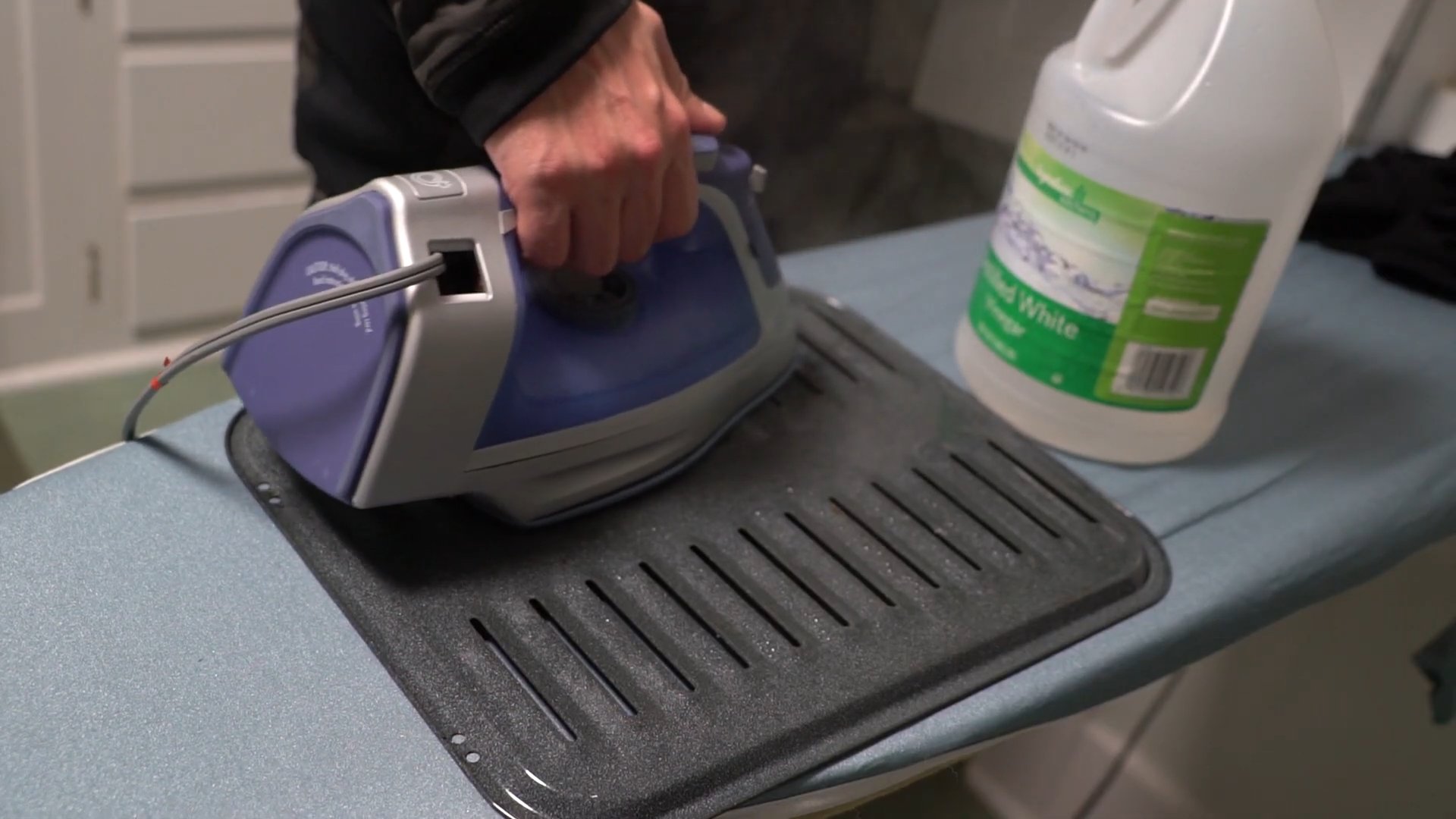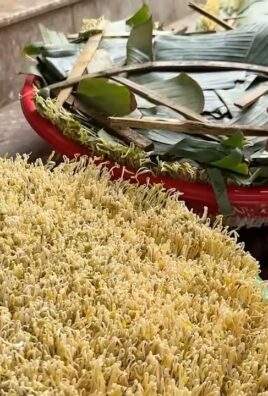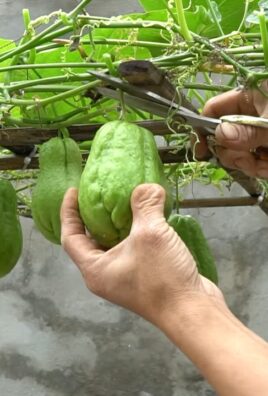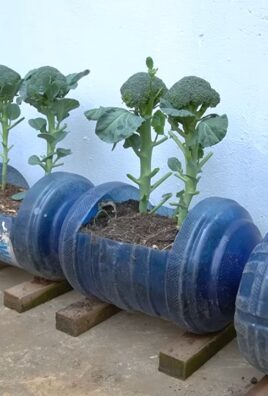Vinegar Uses Around the House: Unlock the surprising potential of this everyday pantry staple! Have you ever wondered if there’s a single, inexpensive solution to a multitude of household problems? I’m here to tell you, there is! For centuries, vinegar has been more than just a tangy addition to salads; it’s been a trusted cleaning agent, a natural remedy, and a secret weapon for savvy homeowners. From ancient civilizations using it for preservation to modern-day eco-conscious individuals seeking sustainable alternatives, vinegar’s versatility is undeniable.
But why should you care about vinegar uses around the house? In today’s world, we’re constantly bombarded with expensive, chemical-laden products promising miraculous results. However, many of these products are harmful to our health and the environment. This DIY guide will empower you to ditch those harsh chemicals and embrace the natural cleaning power of vinegar. I’ll show you how to tackle everything from stubborn stains and lingering odors to garden pests and dull surfaces, all with this one simple ingredient. Get ready to discover the magic of vinegar and transform your home into a cleaner, healthier, and more sustainable space!

Unlocking the Power of Vinegar: Your Ultimate DIY Guide to Household Hacks
Vinegar! It’s not just for salads anymore. This humble kitchen staple is a powerhouse of cleaning, deodorizing, and even gardening potential. I’m going to walk you through some of my favorite DIY vinegar hacks that will save you money and keep your home sparkling. Get ready to be amazed!
Cleaning with Vinegar: A Natural Alternative
Vinegar’s acidity makes it a fantastic natural cleaner. It cuts through grease, dissolves mineral deposits, and disinfects surfaces. Plus, it’s a much safer alternative to harsh chemical cleaners.
* All-Purpose Cleaner: A simple vinegar and water solution can tackle most household cleaning tasks.
* Glass Cleaner: Say goodbye to streaks with a vinegar-based glass cleaner.
* Drain Cleaner: Vinegar and baking soda create a fizzing action that can unclog drains.
* Coffee Maker Cleaner: Descale your coffee maker with vinegar to keep it brewing perfectly.
* Microwave Cleaner: Steam clean your microwave with vinegar for easy grime removal.
Making Your Own All-Purpose Vinegar Cleaner
This is my go-to cleaner for almost everything! It’s cheap, effective, and smells much better than straight vinegar.
1. Gather Your Supplies: You’ll need a spray bottle, white vinegar, water, and essential oils (optional, but recommended for a pleasant scent). I usually use lemon, lavender, or tea tree oil.
2. Mix the Solution: In the spray bottle, combine equal parts white vinegar and water. For example, 1 cup of vinegar and 1 cup of water.
3. Add Essential Oils (Optional): If you’re using essential oils, add about 10-20 drops to the spray bottle.
4. Shake Well: Give the bottle a good shake to mix everything together.
5. Start Cleaning! Spray the solution onto surfaces and wipe clean with a cloth or sponge.
Streak-Free Glass Cleaner with Vinegar
Tired of streaks on your windows and mirrors? This vinegar-based glass cleaner is the answer.
1. Gather Your Supplies: You’ll need a spray bottle, white vinegar, water, and a microfiber cloth. Microfiber cloths are key to avoiding streaks.
2. Mix the Solution: In the spray bottle, combine 1/4 cup white vinegar with 2 cups of water.
3. Spray and Wipe: Spray the solution onto the glass surface and wipe clean with a microfiber cloth. Use a clean, dry section of the cloth for the final wipe.
Unclogging Drains with Vinegar and Baking Soda
This is a classic DIY drain cleaner that really works!
1. Pour Baking Soda: Pour about 1/2 cup of baking soda down the drain.
2. Add Vinegar: Follow with 1 cup of white vinegar.
3. Let it Fizz: Let the mixture fizz for about 30 minutes. This is where the magic happens!
4. Flush with Hot Water: After 30 minutes, flush the drain with hot water for several minutes.
5. Repeat if Necessary: If the drain is still clogged, repeat the process.
Cleaning Your Coffee Maker with Vinegar
Keep your coffee maker brewing delicious coffee by descaling it with vinegar.
1. Fill the Water Reservoir: Fill the water reservoir of your coffee maker with equal parts white vinegar and water.
2. Brew Halfway: Start the brewing cycle and let it brew halfway through.
3. Turn Off and Let Sit: Turn off the coffee maker and let the vinegar solution sit in the reservoir for about 30 minutes.
4. Finish Brewing: Finish the brewing cycle.
5. Rinse Thoroughly: Rinse the coffee maker by running several cycles with fresh water until the vinegar smell is gone.
Microwave Steam Cleaning with Vinegar
This is the easiest way to clean a microwave!
1. Combine Vinegar and Water: In a microwave-safe bowl, combine 1 cup of water and 2 tablespoons of white vinegar.
2. Microwave for Several Minutes: Microwave the mixture on high for 3-5 minutes, or until the water boils and the microwave is filled with steam.
3. Let it Sit: Let the bowl sit in the microwave for another 5 minutes. The steam will loosen the grime.
4. Wipe Clean: Carefully remove the bowl (it will be hot!) and wipe down the inside of the microwave with a cloth or sponge. The grime should come off easily.
Deodorizing with Vinegar: Banishing Bad Smells
Vinegar is a natural odor absorber. It doesn’t just mask smells; it neutralizes them.
* Refrigerator Deodorizer: Place a bowl of vinegar in the refrigerator to absorb odors.
* Garbage Disposal Deodorizer: Pour vinegar down the garbage disposal to freshen it up.
* Pet Odor Remover: Use a vinegar and water solution to clean up pet messes and eliminate odors.
* Laundry Deodorizer: Add vinegar to your laundry to remove musty smells.
Freshening Your Refrigerator with Vinegar
This is a simple and effective way to keep your refrigerator smelling fresh.
1. Pour Vinegar into a Bowl: Pour about 1/2 cup of white vinegar into a small bowl.
2. Place in Refrigerator: Place the bowl in the back of your refrigerator.
3. Replace Regularly: Replace the vinegar every few weeks, or more often if needed.
Deodorizing Your Garbage Disposal with Vinegar
Keep your garbage disposal smelling clean with this easy trick.
1. Pour Vinegar Down the Disposal: Pour about 1 cup of white vinegar down the garbage disposal.
2. Let it Sit: Let the vinegar sit in the disposal for about 30 minutes.
3. Run the Disposal: Run the garbage disposal with cold water for a few seconds to flush it out.
Removing Pet Odors with Vinegar
Vinegar is a great way to get rid of those lingering pet smells.
1. Mix Vinegar and Water: Mix equal parts white vinegar and water in a spray bottle.
2. Spray the Affected Area: Spray the solution onto the affected area.
3. Blot with a Cloth: Blot the area with a clean cloth.
4. Repeat if Necessary: Repeat the process if the odor persists.
5. Test First: Always test the solution on a small, inconspicuous area first to make sure it doesn’t damage the fabric or surface.
Deodorizing Laundry with Vinegar
Get rid of musty smells in your laundry with vinegar.
1. Add Vinegar to the Wash: Add 1/2 cup of white vinegar to the washing machine along with your regular detergent.
2. Wash as Usual: Wash your clothes as usual. The vinegar will help to remove odors and soften fabrics.
Gardening with Vinegar: A Natural Solution
Vinegar can also be used in the garden for a variety of purposes.
* Weed Killer: Spray vinegar on weeds to kill them naturally.
* Soil Acidifier: Use vinegar to lower the pH of your soil for acid-loving plants.
* Clean Clay Pots: Soak clay pots in vinegar to remove mineral deposits.
Killing Weeds with Vinegar
This is a natural and effective way to get rid of weeds.
1. Use White Vinegar: Pour undiluted white vinegar into a spray bottle.
2. Spray the Weeds: Spray the vinegar directly onto the weeds, being careful not to get it on your desired plants.
3. Repeat as Needed: Repeat the process as needed to kill the weeds.
4. Best in Sunlight: This works best on a sunny day.
Acidifying Soil with Vinegar
Lower the pH of your soil for plants like azaleas and blueberries.
1. Mix Vinegar and Water: Mix 1 tablespoon of white vinegar with 1 gallon of water.
2. Water the Plants: Water your acid-loving plants with the vinegar solution.
3. Test the Soil: Test the soil pH regularly to make sure it’s within the desired range.
Cleaning Clay Pots with Vinegar
Remove mineral deposits from your clay pots with vinegar.
1. Soak the Pots: Fill a tub or bucket with equal parts white vinegar and water.
2. Submerge the Pots: Submerge the clay pots in the vinegar solution.
3. Let Soak: Let the pots soak for several hours or overnight.
4. Scrub and Rinse: Scrub the pots with a brush to remove any remaining mineral deposits. Rinse thoroughly with water.
Other Clever Vinegar Uses
The possibilities are endless! Here are a few more of my favorite vinegar hacks.
*

Conclusion
So, there you have it! Unlocking the power of vinegar around your house is not just a cost-effective alternative to harsh chemicals; it’s a step towards a cleaner, greener, and healthier living environment. From sparkling windows to a refreshed laundry room, the versatility of this humble household staple is truly remarkable. We’ve explored a range of applications, demonstrating how simple it is to harness the cleaning and deodorizing properties of vinegar uses around the house.
But why is this DIY approach a must-try? Firstly, it’s incredibly budget-friendly. A single bottle of vinegar can replace a multitude of specialized cleaning products, saving you money in the long run. Secondly, it’s environmentally conscious. By reducing your reliance on chemical-laden cleaners, you’re minimizing your contribution to pollution and creating a safer space for your family and pets. Thirdly, it’s surprisingly effective. Vinegar’s natural acidity cuts through grease, grime, and mineral deposits with ease, leaving surfaces clean and refreshed.
Looking for variations? Consider infusing your vinegar with citrus peels (lemon, orange, grapefruit) for a more pleasant scent. Simply add the peels to a jar of vinegar and let it steep for a few weeks before straining and using. This adds a subtle fragrance and enhances the cleaning power. For tougher stains, try combining vinegar with baking soda to create a powerful fizzing action that lifts dirt and debris. You can also experiment with different types of vinegar, such as apple cider vinegar, which has its own unique set of benefits. For example, apple cider vinegar is great for cleaning wooden surfaces and adding shine to your hair.
Don’t be afraid to experiment and find what works best for you and your home. The beauty of this DIY approach is its flexibility and adaptability. Whether you’re tackling a stubborn stain or simply looking for a more natural way to clean, vinegar is a powerful ally.
We encourage you to try these vinegar tricks around your house and see the amazing results for yourself. Start with a small project, like cleaning your microwave or descaling your showerhead, and gradually incorporate more vinegar-based solutions into your cleaning routine.
Most importantly, we want to hear about your experiences! Share your tips, tricks, and success stories in the comments below. Let us know how you’re using vinegar to create a cleaner, healthier home. Your insights could inspire others to embrace the power of this natural cleaning agent. Together, we can unlock the full potential of vinegar and create a more sustainable and eco-friendly future. So go ahead, grab a bottle of vinegar, and get cleaning! You’ll be amazed at the difference it can make.
Frequently Asked Questions (FAQ)
Is vinegar safe to use on all surfaces?
While vinegar is a versatile cleaner, it’s not suitable for all surfaces. Avoid using it on natural stone surfaces like marble, granite, and limestone, as the acidity can etch and damage them. It’s also best to avoid using vinegar on waxed wood furniture, as it can strip the wax finish. Always test vinegar in an inconspicuous area before applying it to a larger surface. If you are unsure, consult the manufacturer’s instructions for the surface you are cleaning.
What type of vinegar is best for cleaning?
Distilled white vinegar is generally the best choice for cleaning due to its high acidity and lack of color, which prevents staining. However, apple cider vinegar can also be used for certain cleaning tasks, such as cleaning wooden surfaces and deodorizing drains. Avoid using colored vinegars, such as balsamic vinegar, as they can stain surfaces.
Can I mix vinegar with bleach?
Absolutely not! Mixing vinegar with bleach creates toxic chlorine gas, which can be harmful or even fatal. Always use vinegar and bleach separately and never combine them. Safety should always be your top priority when cleaning.
How do I get rid of the vinegar smell after cleaning?
The vinegar smell typically dissipates quickly on its own. However, if you find the scent lingering, you can improve ventilation by opening windows and doors. You can also add a few drops of essential oil, such as lemon or lavender, to your vinegar solution to mask the smell. Another option is to wipe down surfaces with a damp cloth after cleaning with vinegar.
Can vinegar kill mold?
Vinegar can kill some types of mold, but it’s not as effective as bleach for killing all types of mold. If you have a mold problem, it’s best to consult with a professional mold remediation specialist. If you choose to use vinegar to kill mold, spray it directly onto the affected area and let it sit for at least an hour before wiping it away. Be sure to wear gloves and a mask to protect yourself from mold spores.
How can I use vinegar to clean my washing machine?
To clean your washing machine with vinegar, add 2 cups of distilled white vinegar to the detergent dispenser and run a hot water cycle. This will help to remove buildup, deodorize the machine, and kill bacteria. You can also clean the rubber seal around the door with a vinegar solution to prevent mold growth. It is recommended to do this once a month to keep your washing machine clean and fresh.
Is vinegar safe for septic systems?
Yes, vinegar is generally safe for septic systems. It’s a natural and biodegradable substance that won’t harm the beneficial bacteria in your septic tank. In fact, it can even help to break down organic matter and keep your septic system functioning properly.
Can I use vinegar to clean my coffee maker?
Yes, vinegar is an excellent way to clean your coffee maker. Fill the water reservoir with a 50/50 solution of vinegar and water. Run the coffee maker through a full brewing cycle. Then, run two cycles with fresh water to rinse out any remaining vinegar. This will remove mineral buildup and improve the taste of your coffee.
How do I use vinegar to unclog a drain?
Pour 1 cup of baking soda down the drain, followed by 1 cup of vinegar. Let the mixture fizz for 30 minutes, then flush with hot water. This can help to break down clogs caused by hair, grease, and other debris. For stubborn clogs, you may need to repeat the process or use a plunger.
What are some other unexpected uses for vinegar around the house?
Vinegar has many other uses beyond cleaning. It can be used to:
* Remove hard water stains from showerheads and faucets.
* Deodorize lunchboxes and refrigerators.
* Soften laundry.
* Remove stickers and adhesive residue.
* Clean eyeglasses.
* Polish chrome and stainless steel.
* Kill weeds in your garden.
* Freshen cut flowers.
* Remove pet odors from carpets and upholstery.
The possibilities are endless! Experiment and discover new ways to incorporate vinegar into your household routine.





Leave a Comment